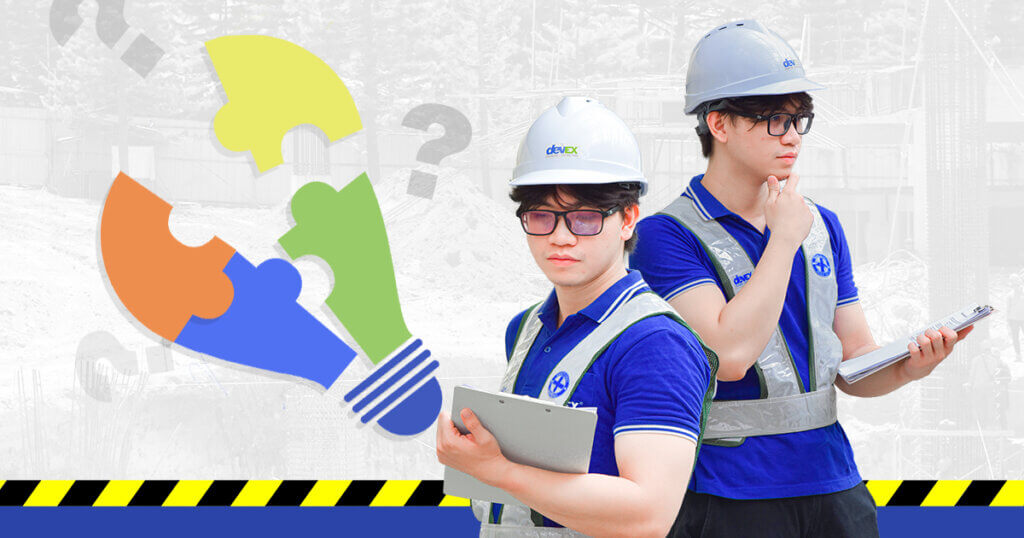
Failures in construction don’t happen all at once. They often start with small mistakes, missed details, poor planning, or wrong assumptions. These problems build up until they cause delays, budget issues, or structural damage. The best way to avoid them is to spot and solve them early, before they get worse.
Poor Planning and Rushed Preparation
Many delays begin before construction starts. A common issue is poor procurement planning. Materials are ordered late, or final specs aren’t ready when needed. This creates site delays, idle workers, and wasted time.
Example: in one commercial project, steel materials arrived two weeks late because the shop drawings weren’t approved on time. The site team couldn’t proceed, and the work stopped for days. The problem started with misaligned planning between the design and procurement teams.
Tip: Set a clear procurement plan before mobilization. Confirm lead times, finalize specs early, and coordinate supplier timelines with the construction schedule. Planning should match the actual site work, not just the documents.
Miscommunication Between Teams
Construction involves many engineers, architects, contractors, and suppliers. If they’re not aligned, things go wrong. A common issue is when changes in plans aren’t shared with everyone. This leads to rework and extra costs.
Example: In one project, the mechanical foreman installed ductwork based on outdated plans. It was only after most of the work was done that the team realized the ceiling layout had been revised. The entire section had to be dismantled and corrected, causing delays and material waste.
Tip: Use one shared system for all project files. Make sure updates are sent to everyone involved. Regular coordination meetings help keep all teams on the same page.
Ignoring Site and Soil Conditions
Not all sites are the same. Some have weak soil, high water tables, or uneven ground. If these are ignored, foundation problems show up later.
Example: In one warehouse project, a soft layer of soil was missing during testing. Cracks formed after just a year, and foundation repairs were needed, costing time and money.
Tip: Do full geotechnical testing early. Check soil strength, groundwater levels, and bearing capacity. Don’t rely on assumptions or nearby projects.
Balancing Cost and Quality
Most projects aim to save money—but going for the cheapest option isn’t always smart. Some materials or contractors look affordable at first but cost more in the long run due to poor performance.
Example: One project used low-cost waterproofing that passed initial tests but failed after installation. Leaks happen, and fixing it costs more than choosing the right product upfront.
Tip: Don’t just compare prices. Check supplier experience, test product samples, and think about long-term performance. Choose the option that gives value, not just the lowest number.
Construction problems are not always visible at first, but most of them can be avoided with proper planning, clear communication, and smart decisions. Whether it’s poor soil, late materials, or bad coordination, every issue has a solution if addressed early. A strong project isn’t just about materials—it starts with the right choices from day one.


Comments are closed here.